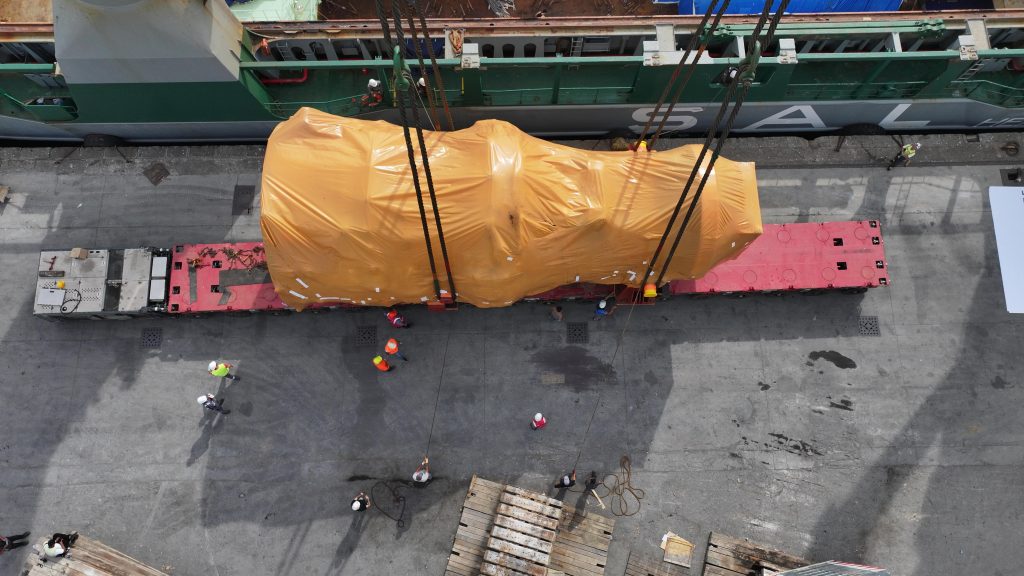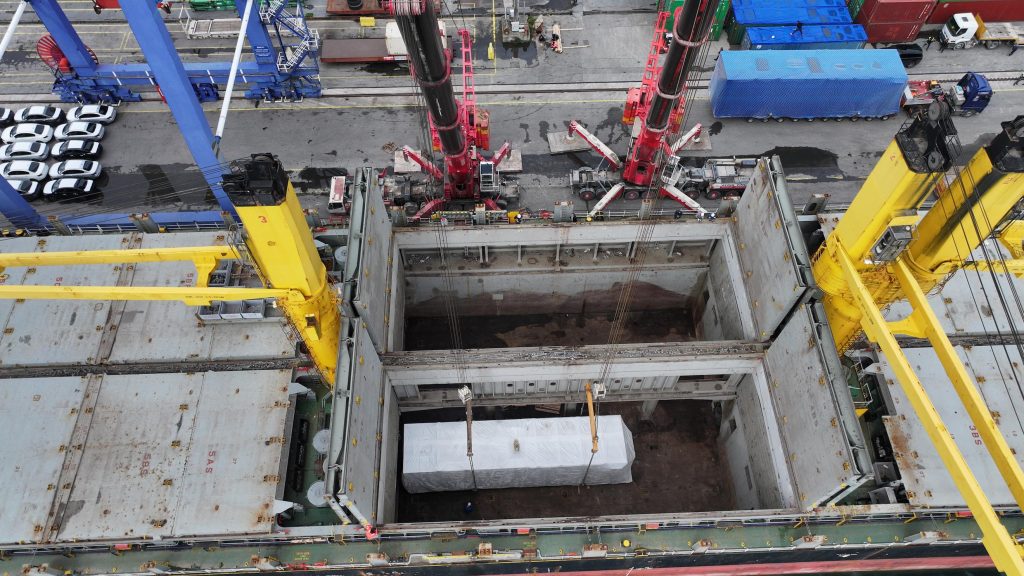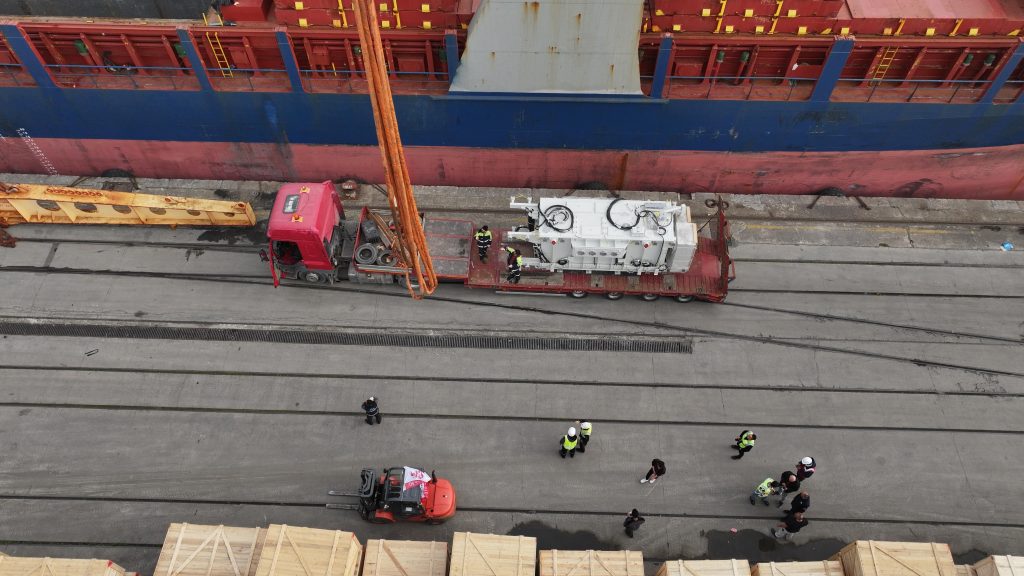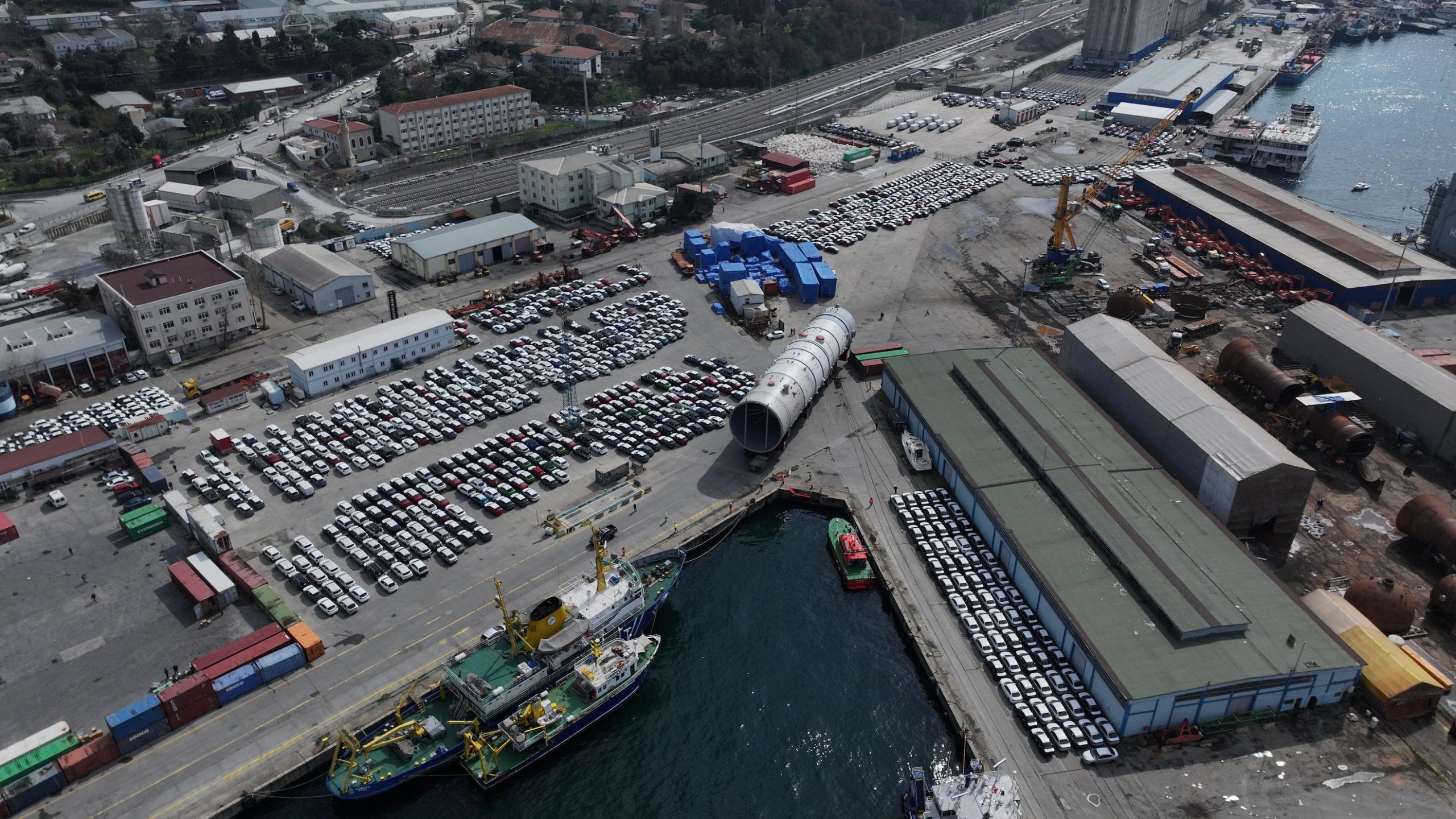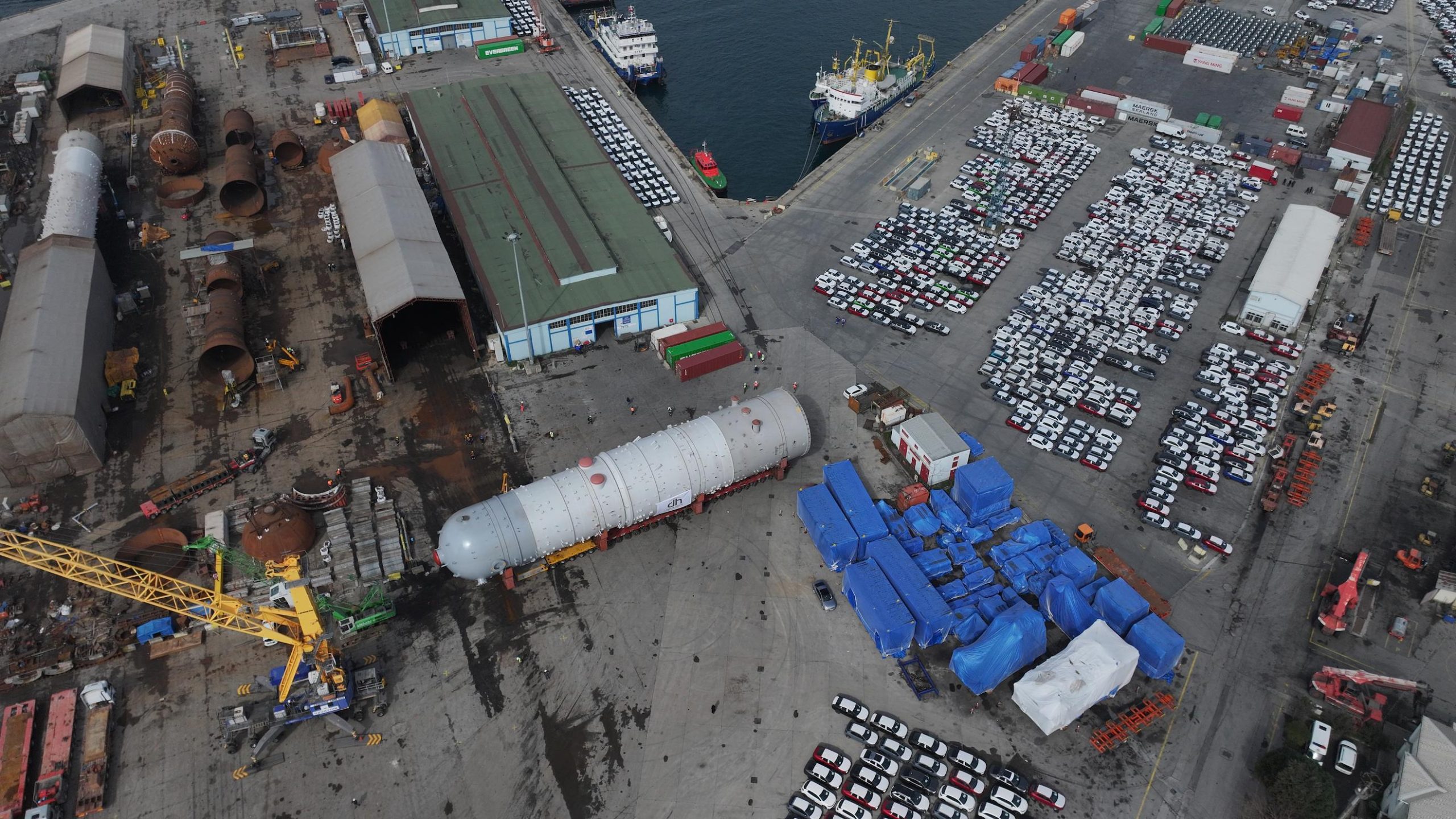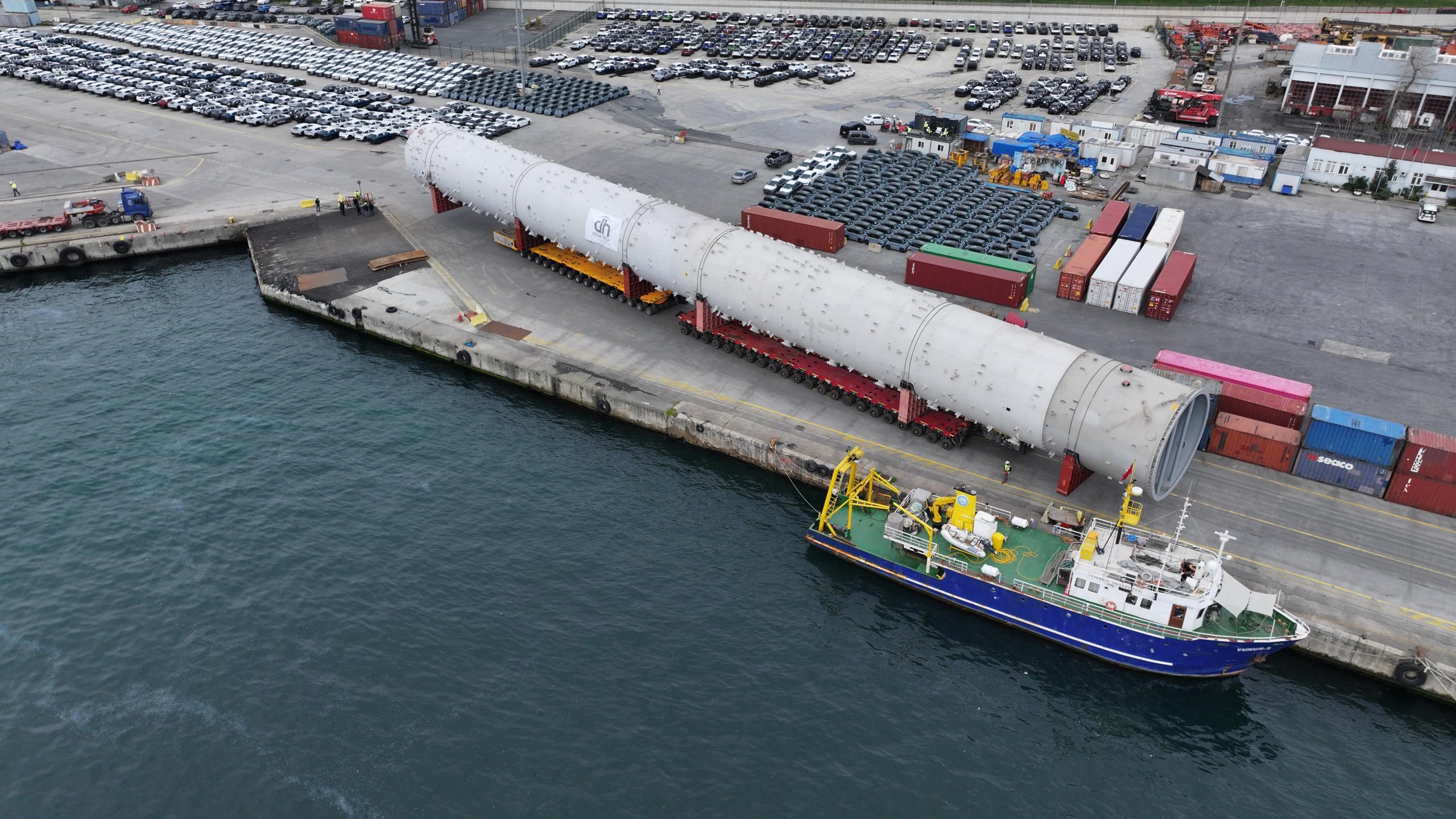What is Project Cargo Lashing
I. Introduction
Project cargo refers to oversized, heavy, or complex loads that do not fit standard dimensions and require specialized handling. Project cargo lashing is the process of securely fastening these loads to prevent movement during transportation. This article details the stages of project cargo lashing, explores the techniques used, and highlights the key factors for a successful operation.
II. Overview of the Stages
The project cargo lashing process is a multi-stage operation that requires careful planning and execution. The primary stages include:
- Preparation Stage
- Equipment and Material Selection
- Load Placement and Arrangement
- Lashing and Tensioning Application
- Testing, Inspection, and Reporting
III. Preparation Stage
The preparation stage lays the groundwork for effective lashing.
- Inspection and Assessment: A thorough evaluation of the cargo’s characteristics—such as weight, dimensions, and sensitivity—is performed.
- Planning: Detailed procedures, including cargo layout, equipment lists, and operational plans, are established.
- Area Preparation: The loading area is cleared, cleaned, and secured to ensure a safe working environment.
IV. Equipment and Material Selection
Selecting the right equipment is critical to ensuring the cargo is securely fastened.
- Lashing Equipment: Heavy-duty chains, steel cables, lashing straps, turnbuckles, and spreader bars are commonly used.
- Quality and Standards: Equipment is selected based on its compliance with international standards, ensuring durability and suitability for the cargo type.
V. Load Placement and Arrangement
Proper placement of the cargo is essential for balanced lashing.
- Optimal Arrangement: The cargo is positioned to achieve the best weight distribution and balance.
- Support Measures: Additional supports, such as pallets or braces, may be used to enhance stability.
VI. Lashing and Tensioning Application
This stage involves the actual securing of the load.
- Application of Lashing Equipment: Equipment is strategically placed around the cargo to secure it effectively.
- Tensioning: Devices like turnbuckles are used to apply the correct tension, ensuring the load remains immobile.
- Dynamic Testing: The secured cargo is tested for movement using sensors or manual checks to verify that the lashing is effective.
II. Testing, Inspection, and Reporting
After the lashing is complete, thorough checks are conducted.
- Final Inspections: All lashing points, tension levels, and load distributions are re-examined.
- Documentation: The entire process is documented, and any issues are addressed promptly.
- Ongoing Monitoring: Throughout transportation, the load is monitored to ensure it remains secure, with adjustments made as necessary.
VIII. Conclusion
Project cargo lashing is critical for the safe transportation of oversized and complex loads. A successful operation relies on detailed preparation, proper equipment selection, strategic load placement, and precise tensioning techniques. Future advancements in automation, smart sensor technology, and digital integration are expected to further enhance safety and efficiency. Experienced personnel and strict adherence to international standards are vital for maintaining operational integrity in project cargo lashing.
